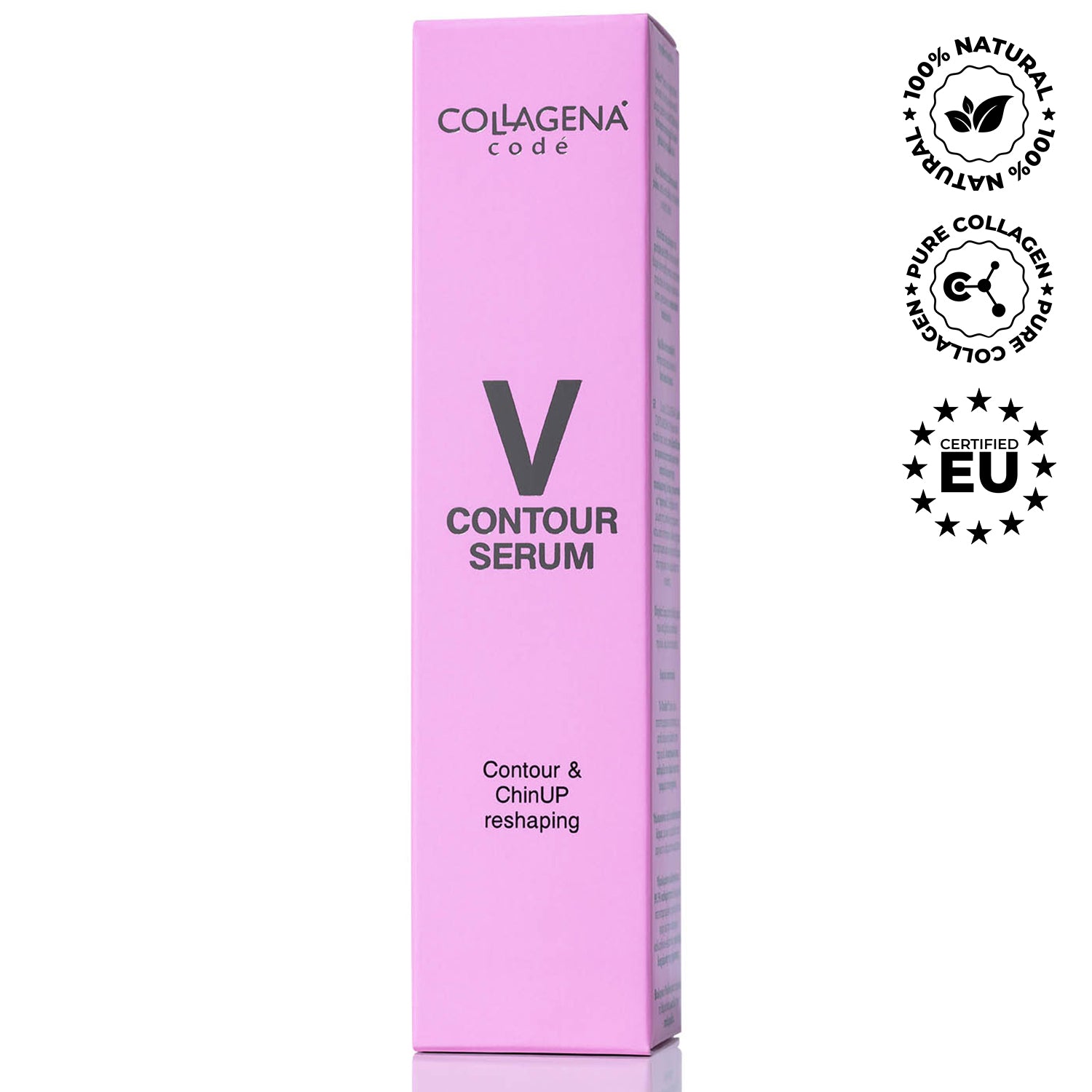The Science Behind Anti-Aging Ingredients: What Really Works?

In the pursuit of youthful, radiant skin, the beauty industry offers a plethora of products claiming to reverse the signs of aging. From creams to serums to masks, the shelves are stocked with an array of options, each boasting transformative powers. But amidst this abundance, what truly works? Understanding the science behind anti-aging ingredients is key to deciphering the efficacy of these products. Let's delve into the research-backed compounds that have shown promise in the battle against aging.
Retinoids:
At the forefront of anti-aging skincare, retinoids have amassed a wealth of scientific support. Derived from vitamin A, retinoids work by stimulating collagen production, promoting cell turnover, and reducing the appearance of fine lines and wrinkles. Numerous studies have demonstrated their effectiveness in improving skin texture and tone, making them a cornerstone ingredient in many anti-aging formulations.
Vitamin C:
Another powerhouse ingredient, vitamin C, is celebrated for its antioxidant properties. As a potent scavenger of free radicals, vitamin C helps protect the skin from environmental damage and UV radiation, which are major contributors to premature aging. Additionally, vitamin C plays a crucial role in collagen synthesis, aiding in the maintenance of firm, youthful skin. Research suggests that topical application of vitamin C can enhance skin hydration, brightness, and overall appearance.
Peptides:
Peptides are short chains of amino acids that serve as building blocks for proteins like collagen and elastin. By delivering specific signals to skin cells, peptides can stimulate collagen production, thereby improving skin elasticity and firmness. Clinical studies have shown that peptides can effectively reduce the depth of wrinkles and improve skin texture, making them a valuable addition to anti-aging skincare regimens.
Hyaluronic Acid:
As a naturally occurring substance in the body, hyaluronic acid plays a crucial role in maintaining skin hydration and elasticity. With its exceptional ability to retain moisture, hyaluronic acid helps plump the skin, diminishing the appearance of fine lines and wrinkles. Topical application of hyaluronic acid has been shown to enhance skin hydration and improve overall skin texture, making it a popular choice in anti-aging formulations.
Alpha Hydroxy Acids (AHAs) and Beta Hydroxy Acids (BHAs):
AHAs and BHAs are exfoliating agents that work by sloughing off dead skin cells, revealing smoother, more youthful-looking skin beneath. AHAs, such as glycolic acid and lactic acid, primarily target the skin's surface, while BHAs, like salicylic acid, penetrate deeper into the pores, making them particularly effective for addressing concerns like acne and enlarged pores. Regular use of AHAs and BHAs can improve skin texture, tone, and clarity, imparting a rejuvenated appearance.
When it comes to anti-aging skincare, understanding the science behind the ingredients is essential for making informed choices. Retinoids, vitamin C, peptides, hyaluronic acid, AHAs, and BHAs are among the key players backed by scientific research. By incorporating these ingredients into your skincare routine, you can harness their age-defying benefits and achieve healthier, more youthful-looking skin. Remember, consistency and patience are key, as visible results may take time to manifest. Ultimately, investing in products formulated with proven anti-aging ingredients is a proactive step towards maintaining skin health and vitality for years to come.











Comments